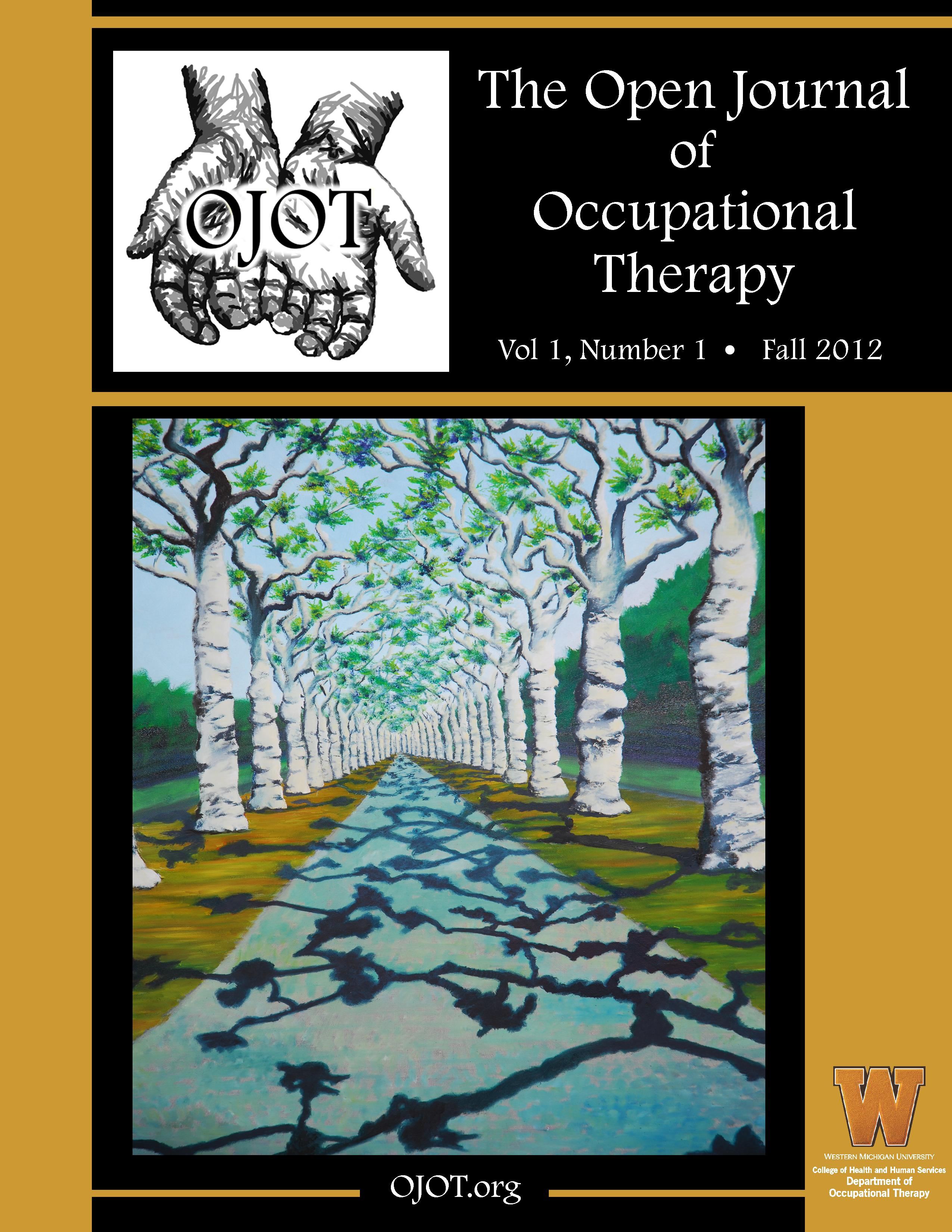ScholarWorks > HHS > OT > OJOT > Vol. 5 > Iss. 4 (2017)
Credentials Display
Verna G. Eschenfelder, Ph.D., OTR/LChristina M. Gavalas, B.S., OTS
Abstract
Background: Research reports that children living with autism spectrum disorder (ASD) may demonstrate deficits in social, emotional, behavioral, and communication skills, which adversely affect social participation and occupational engagement. Joint attention skills constitute any nonverbal communication that captures the attention of another to create a shared interactional experience. The components of joint attention can be targeted through intervention to promote occupational engagement in childhood co-occupations.
Methods: A scoping review process was applied in the current study. Nineteen studies met the inclusion criteria to be analyzed through critical appraisal of topics and use of a matrix.
Results: Evidence indicates that joint attention skills can be developed in children living with ASD through targeted teaching interventions. Analysis of the data elucidated emergent themes in the form of commonly used strategies to develop joint attention skills in children living with ASD.
Conclusion: Joint attention teaching strategies can be implemented to develop social interaction performance skills in children living with ASD. The benefits of developing joint attention skills in this population directly relate to improved occupational and co-occupational engagement. Joint attention teaching strategies naturally align with occupational therapy techniques and approaches and should be considered as an enhancement to occupational therapy intervention.
Recommended Citation
Eschenfelder, V. G., & Gavalas, C. M. (2017). Joint Attention and Occupations for Children and Families Living with Autism Spectrum Disorder: A Scoping Review. The Open Journal of Occupational Therapy, 5(4). https://doi.org/10.15453/2168-6408.1349

